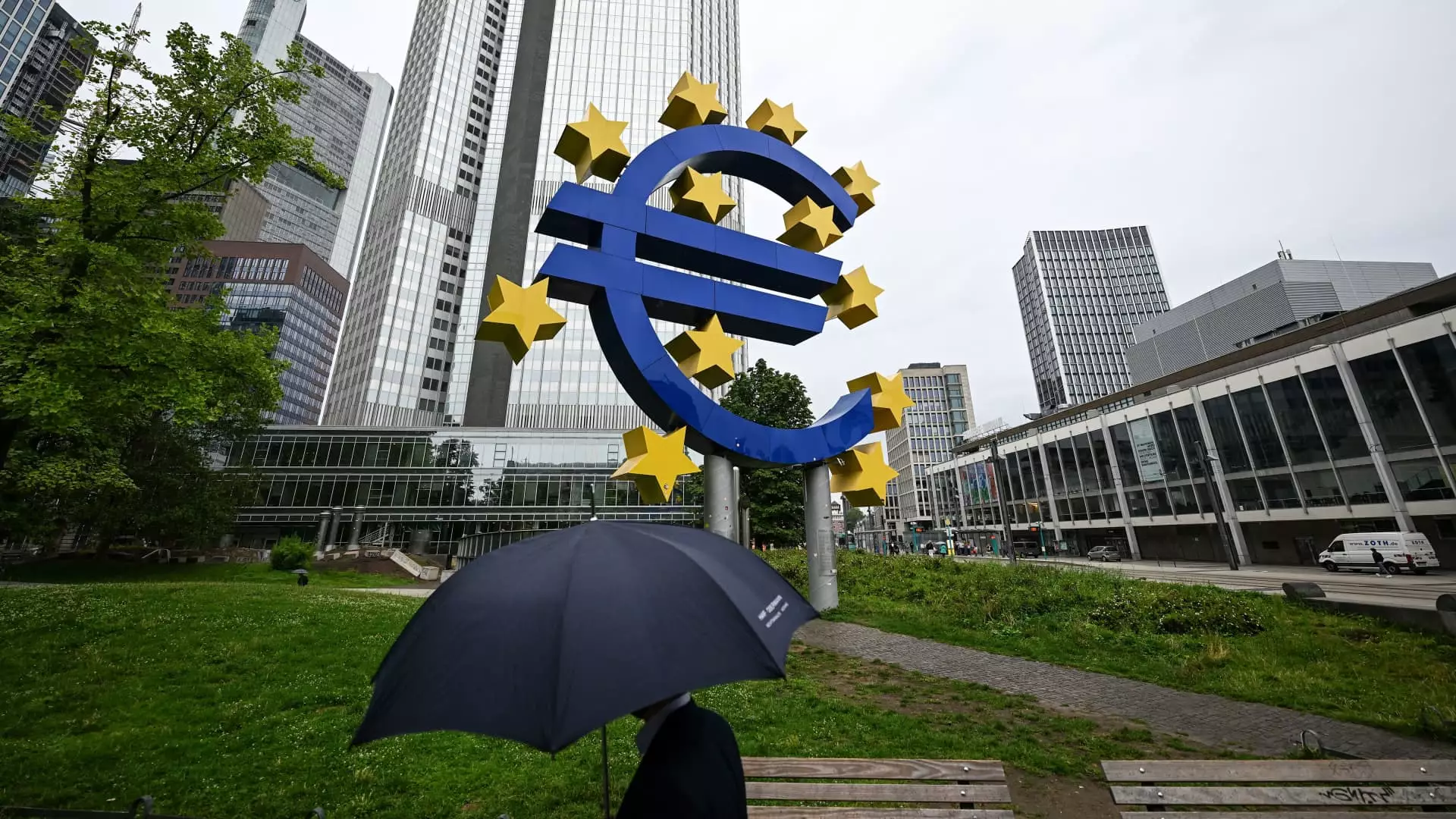The European Central Bank (ECB) is set to hold interest rates at their current record high after its monetary policy meeting on Thursday, disappointing investors who are hungry for guidance on possible rate cuts. Economists at Société Générale have stated that the January ECB meeting is unlikely to deliver any policy changes or major messages, and will instead involve a reflection on the year ahead. The minutes from the ECB’s December meeting also indicated that the central bank is highly unlikely to raise rates again, but any discussion of easing is considered premature, suggesting a status quo until at least June.
Despite the lack of immediate action from the ECB, markets are still pricing in a 60% probability of the first rate cut taking place in April, according to a Reuters analysis of LSEG data. This expectation for a March rate cut has been pushed back in recent weeks, but April pricing remains steady despite ECB officials arguing against premature cuts. Dutch Central Bank President Klaas Knot, for example, stated that current market bets on rate cuts could be “self-defeating,” as excessive easing by the market would reduce the likelihood of the ECB actually cutting rates.
Headline inflation in the euro area rose to 2.9% in December, from 2.4%, primarily driven by base effects from the energy market. Core inflation, however, fell to 3.4% from 3.6%. The cooling rate of price rises, along with risks from geopolitical volatility and the labor market, and the need to wait for European wage negotiations to conclude, have led some economists to argue for a policy pivot in April, with cuts of 125 basis points expected throughout the year. However, other economists, such as those at Berenberg, disagree and believe that cuts are more likely to take place in June due to the need to wait for wage data and full projections on growth and inflation.
UBS is calling for an April rate cut, but not with a high level of confidence. Reinhard Cluse, Chief European Economist at UBS, stated that the risks to their call for an April cut have increased due to hawkish commentary in Davos. The ECB’s March meeting is seen as more significant than January’s due to the release of new staff projections on wages and growth. Economists at Société Générale are taking an even more cautious approach, moving their expected rate cut from December to September, but acknowledging that no cuts this year is also a possibility due to the high uncertainty surrounding the data.
It is evident that the ECB is taking a wait-and-see approach and will base its policy decisions on the incoming data. While markets are eager for clarity on rate cuts, the ECB remains cautious and reserves the right to adjust its stance as the economic landscape evolves. Investors will have to be patient and closely monitor key indicators to gauge the timing and extent of any potential rate cuts in the future.

Leave a Reply